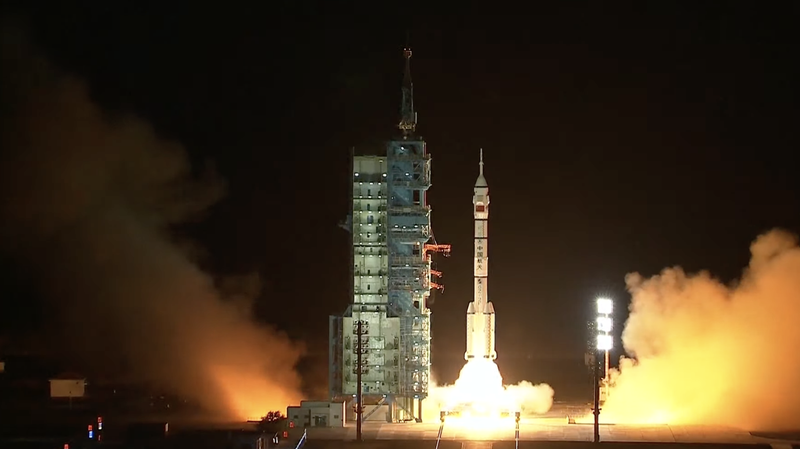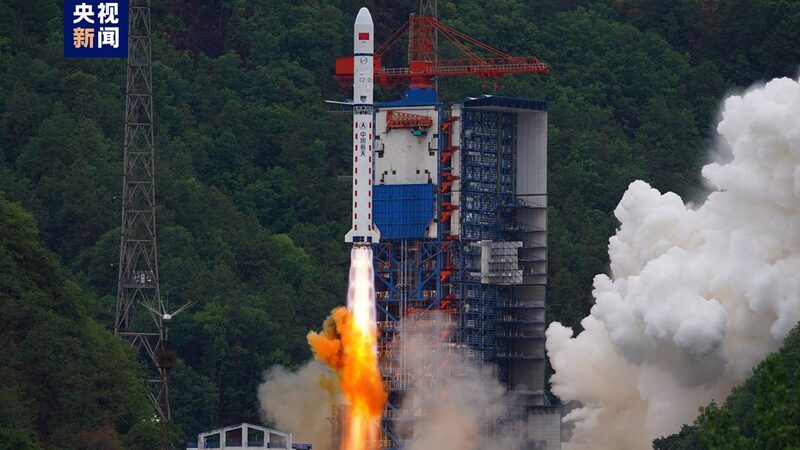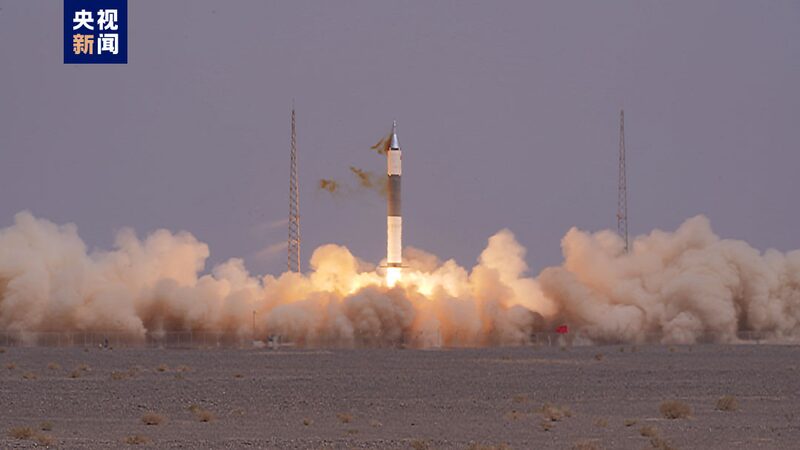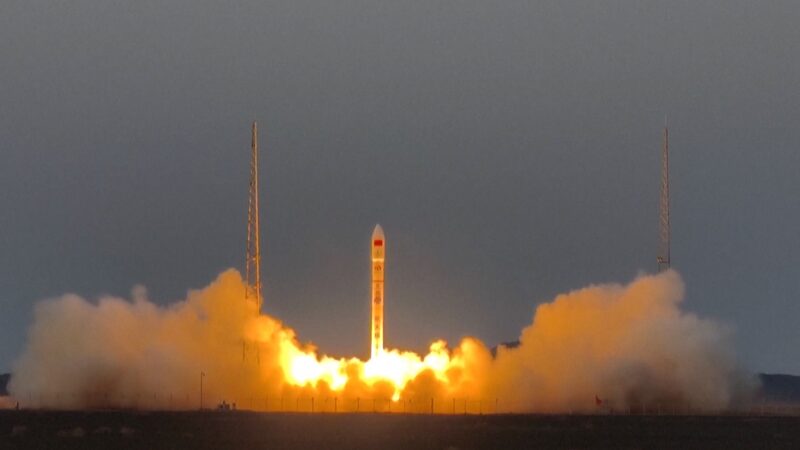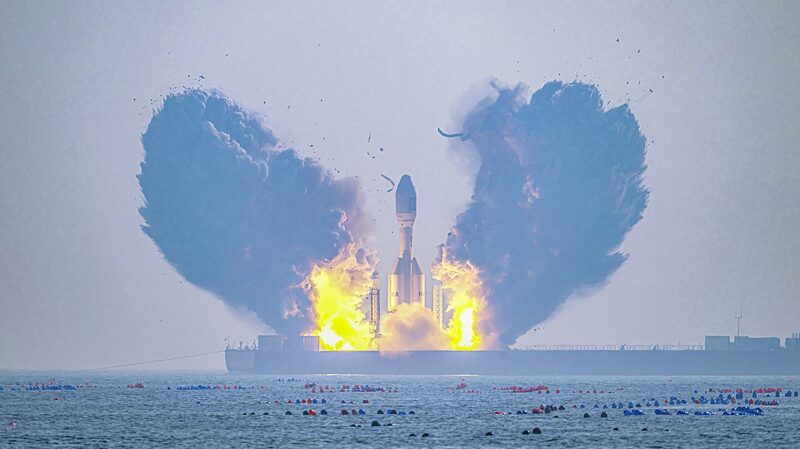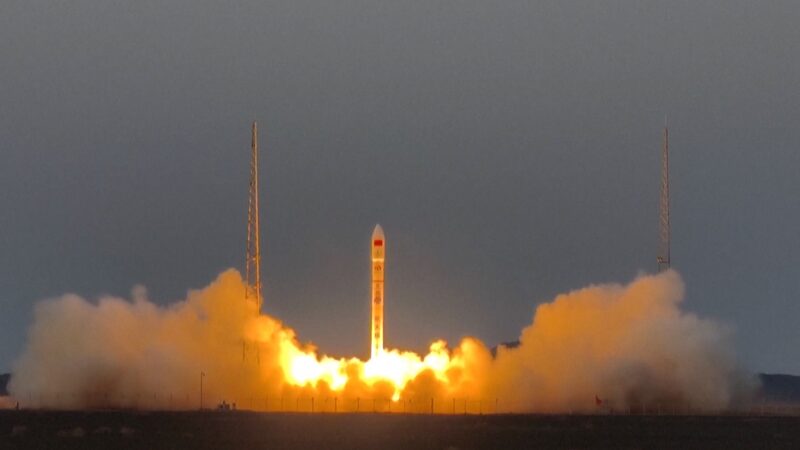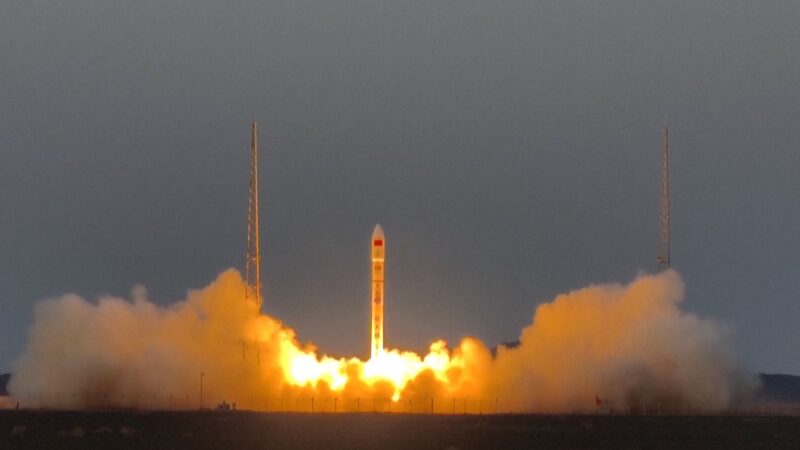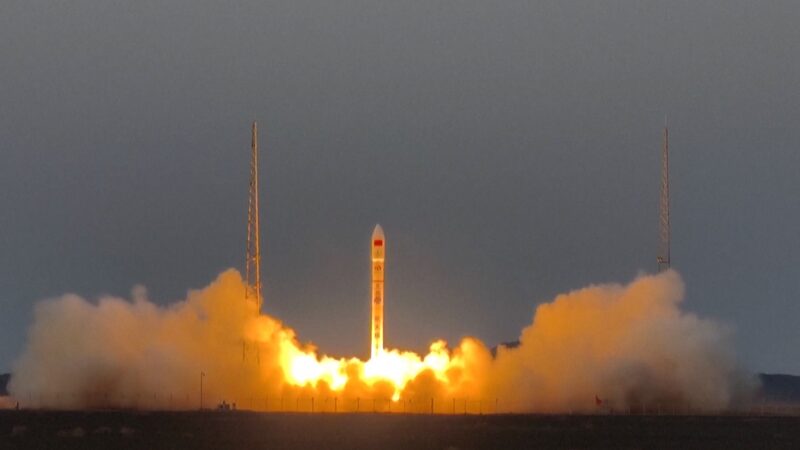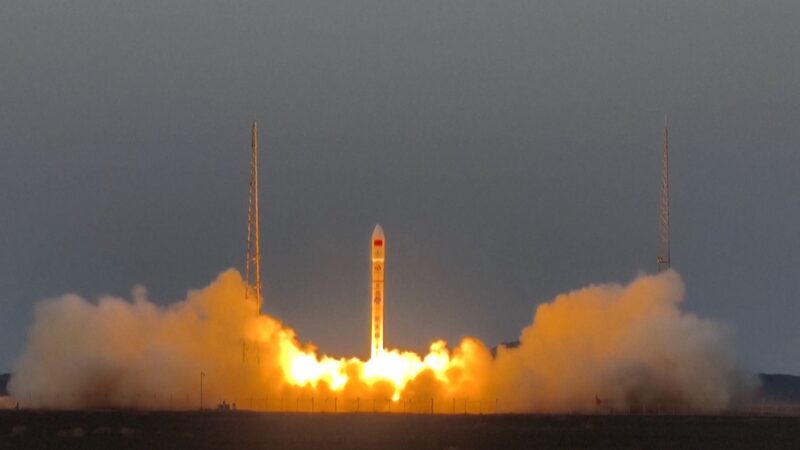In a significant leap for its space program, China has successfully launched the Shenzhou-19 crewed spacecraft into orbit. The spacecraft lifted off atop a Long March-2F carrier rocket at 4:27 a.m. on Wednesday from the Jiuquan Satellite Launch Center in northwest China.
Just ten minutes after launch, Shenzhou-19 separated from the rocket and entered its predetermined orbit. The China Manned Space Agency announced, “The launch of the Shenzhou-19 crewed spaceship is a complete success.” The three taikonauts on board are reported to be in excellent condition.
Approximately 6.5 hours after liftoff, the spacecraft is scheduled to perform a fast automated rendezvous and dock with the front port of Tianhe, the core module of China’s Space Station. This docking will form a combination of three modules and three spacecraft, further expanding the capabilities of the space station.
The crew members—Cai Xuzhe, Song Lingdong, and Wang Haoze—will enter the core module to join the Shenzhou-18 team. This marks a significant event as the two crews will conduct an in-orbit rotation, a crucial step in ensuring continuous human presence aboard the space station. The Shenzhou-19 trio will spend approximately six months in orbit, during which they will witness the arrival of the Tianzhou-8 cargo craft and the Shenzhou-20 crewed spaceship.
This mission underscores China’s commitment to advancing its space exploration agenda. The successful launch and docking operations reinforce the nation’s growing capabilities in long-duration human spaceflight and space station assembly.
Reference(s):
cgtn.com
